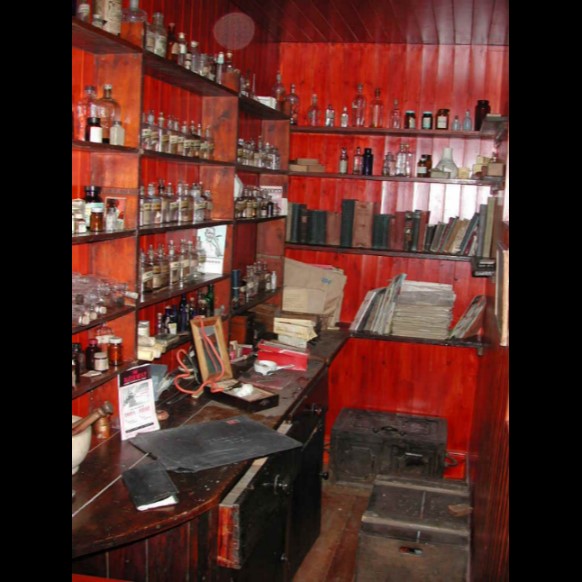Alongside words relating to farming life and weather predictions, local traditions and home remedies were also recorded in the Survey of English Dialects. An informant from Burton-in-Lonsdale complained of being a beggar for (very prone to) chapped hands from working outdoors in the bitter cold. The traditional Dales remedy, recommended by a saddler from Bedale, is to fill the cracks with cobbler’s wax.
For other ailments, or if you’re feeling not so lish (unwell) you might visit the local doctor or chemist. From the earliest times, healers, apothecaries and druggists in the Dales provided medical care and treated simple illnesses. By the end of the 1700s, trained doctors were practising in most towns, but the development of drugs and treatments was relatively slow. Many herbal remedies were used, together with belladonna, quinine, aspirin and ether.

This dispensary is displayed at the Dales Countryside Museum. Together with its waiting room, it was used early in the 1900s by Dr. Isaac Bainbridge (1885–1952) of Brough in Cumbria.





